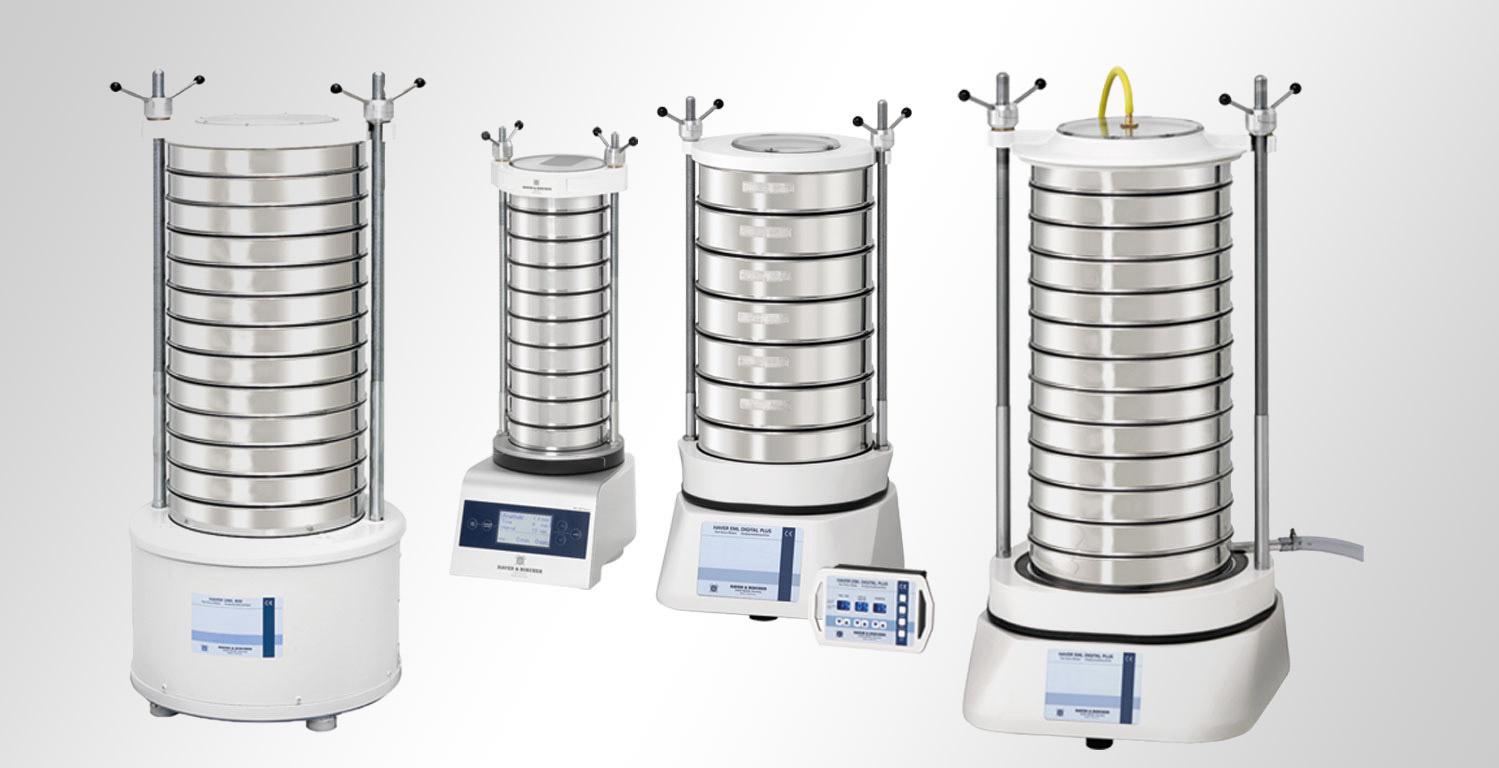Importance of Sieve Shaker in Laboratory Testing

Sieve shakers play a vital role in material testing carried out in laboratories across various industries. By efficiently and accurately separating particles based on size, sieve shakers help scientists obtain crucial insight into the physical properties of samples. Let us examine the different aspects of sieve shakers and their importance in modern lab settings.
Sieve Shakers
A sieve shaker is a mechanical device used to separate particles or granular materials like sand, rocks, chemicals etc based on their size by agitating them over a series of sieves stacked in a unit. Sieves used in shakers come in various mesh sizes ranging from 4mm down to 45 microns allowing separation of samples into different fractions for detailed analysis. Sieve shakers provide controlled and consistent sieving motions like tapping or circular sieving to ensure optimum separation. They are designed to match industry standards for tests like gradation analysis, determination of fineness modulus etc.
Types of Sieve Shakers
There are different types of Laboratory Sieve Shakers available based on the sieving motion and capacity. Mechanical sieve shakers provide circular or elliptical shaking patterns using an electric motor for small to medium sample volumes. Electromagnetic sieve shakers generate a controlled tapping action electronically for robust operation and larger loads. Stackable platforms enable combining multiple shakers for bulk sieving. Floor standing and countertop shakers further segment the market based on space and throughput requirements. Proper selection of shaker type is important for test reproducibility.
Applications in Material Testing
Sieve analysis is crucial across many industries that deal with granular materials. Some key applications include:
- Construction: Grading of aggregates, sand, cement and other building materials to ensure quality as per application.
- Mining: Process optimization by determining particle size distribution of ores, coal and minerals.
- Pharmaceuticals: Granulation and powder blending processes rely on precise particle sizing.
- Food Processing: Milling, extrusion and other operations require defined grain sizes.
- Chemicals: Manufacturing of dyes, pigments and several products involve sieving at some stage.
- Forensics: Particle sorting aids in soil, fiber and other evidences examination.
- Research: Gradation studies form basis for fundamental experiments.
By providing consistent and reproducible sieving, shakers play a vital role across these diverse fields.
Standard Test Methods
Internationally recognized test methods and standards prescribe use of sieve shakers for gradation determinations. Some key examples are:
- ASTM C136 / BS EN 933-1: Standard Test Method for Sieve Analysis of Fine and Coarse Aggregates
- AASHTO T27: Sieve Analysis of Fine and Coarse Aggregates
- IS 2386 Part 1: Methods of Test for Aggregates for Concrete
- ASTM C430: Fineness Modulus of Portland Cement
- IS 460 Part 1: Test Sieving Method for Cement
Adhering to standardized procedures ensures comparability and reliability of test data globally. Sieve shakers enable this by providing consistent sieving actions.
Advantages of Automated Sieve Shakers
Modern automated sieve shakers offer many advantages over manual sieving methods:
- Repeatability: Precise sieving motions provide highly repeatable results, especially for fines.
- Consistency: Uniform amplitude, frequency and time duration maintain test consistency.
- Speed: Sieving can be completed in minutes against hours with manual sieving.
- Ergonomics: Eliminates lengthy manual sieving that causes fatigue.
- Automation: Programmable shakers facilitate unattended multi-stack sieving.
- Accuracy: Gentler sieving improves recovery of fines for more accurate gradation analysis.
- Documentation: Built-in data acquisition systems allow logging and reporting of test parameters.
These benefits have made automated sieve shakers an indispensable tool for reliable particle sizing in materials engineering labs across industries.
Quality Considerations
To deliver consistent performance, certain quality aspects must be considered while selecting and using sieve shakers:
- Manufacturing standards: ISO-calibrated units ensure compliance with testing standards.
- Motion mechanism: Smooth, vibration-free operation prevents sample degradation.
- Frame construction: Robust design withstands years of continuous operation.
- Sieving compartments: Leak-proof, rustproof trays suited for various sample types.
- Operating range: Suitable capacity and adaptive programs for different applications.
- Certifications: CE, ASTMD, ASTM approvals inspire safety and reliability.
- After-sales: Adequate local support and availability of spares maintain uptime.
Choosing a reputed brand known for above quality standards is key to extracting best value from this lab equipment.
In summary, modern automated sieve shakers have become indispensable labworkhorses due to their versatility and ability to deliver fast, consistent and accurate particle size analysis needed across industries. By ensuring compliance with testing standards, they generate reproducible and reliable data to aid material characterization, process optimization and quality control decisions. With constant technological advancements focusing on enhanced capabilities, greater ease of use and improved ergonomics, sieve shakers will continue playing a pivotal role in the materials research landscape.
Get more insights on This Topic- Laboratory Sieve Shakers
- Art
- Causes
- Crafts
- Dance
- Drinks
- Film
- Fitness
- Food
- Spiele
- Gardening
- Health
- Startseite
- Literature
- Music
- Networking
- Andere
- Party
- Religion
- Shopping
- Sports
- Theater
- Wellness
- IT, Cloud, Software and Technology


